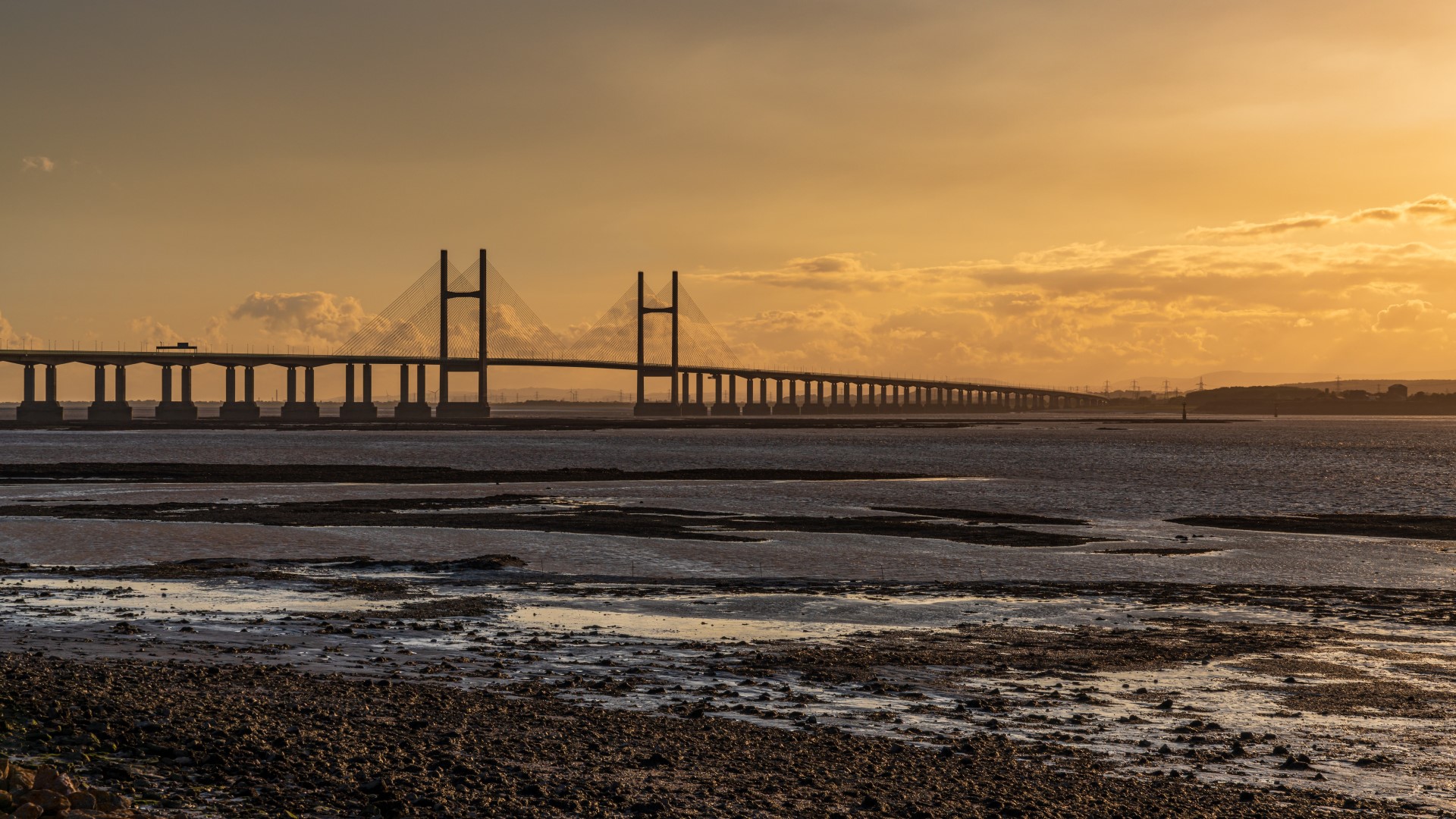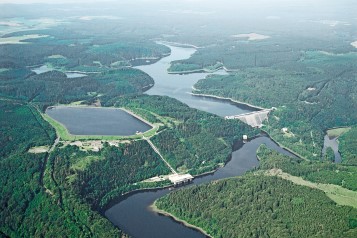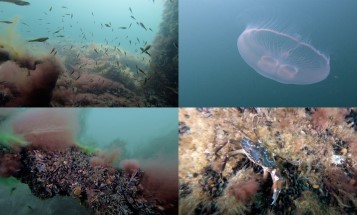
Has the time come to turn the tide into energy?
In the UK, the need for predictable, fossil-free and preferably indigenous energy has revived an old dream: to harness the huge tidal range of the Bristol Channel to generate electricity covering seven per cent of the country's needs.
The Bristol Channel, which separates Wales from Southwest England, has one of the world’s biggest tidal ranges, a whopping 14 metres. Twice a day, the long, narrow inner section of the channel, which is also the outlet of the River Severn, is filled and drained. This movement of water potentially offers a huge opportunity to generate renewable electricity.
Calculations show that a tidal power dam construction across the Channel could cover seven per cent of the country's electricity needs.
There have been previous plans to build a tidal power station barrage, however these plans were not approved due to costs, concerns about disruption to harbour traffic and marine life in the estuary. But following the Russian invasion of Ukraine, which has affected gas supplies and energy prices, there is renewed focus on how to reduce reliance on volatile wholesale markets.
Huge engineering project
Earlier this year a commission of experts, engineers, environmentalists and policy makers was set up to re-examine the issue. The ‘Severn Estuary Commission’ was agreed by the Western Gateway Partnership, the pan-regional partnership for south Wales and western England which brings together business, local authorities, universities and governments from England and Wales either side of the River Severn.
"There is still much which needs to be considered and evidence to be reviewed in order to decide whether there is now a viable option to harness the awesome power of the Severn Estuary,” said Dr Andrew Garrad, Chairman of the Severn Estuary Commission. “Following considerable past attempts, our mission is to navigate the complexities, balance environmental concerns and unlock sustainable opportunities that will define the future of energy in the Severn Estuary," he said in connection to the commission's first meeting in March.
One possible solution would be an 18 km long barrage dam from the English side at Bristol across to Wales near Cardiff with a large number of sluice gates allowing the tide to pass in and out. The barrage would have over 200 turbines with a total output of more than 8000 megawatts and would be the largest engineering project in the UK since the Channel Tunnel.
Unique habitat
One huge challenge is however to minimise the impact on the biodiversity of the unique tidal habitat in the Severn river bed. One idea is using tidal lagoons. Instead of a single large dam, several isolated reservoirs in the canal could be used to minimise negative effects on marine life in the estuary.
Welsh Minister for Climate Change Julie James is among those who believe that an acceptable compromise between environment considerations and the need for energy production is possible:
"We warmly welcome the establishment of the Western Gateway's Severn Estuary Commission and commitment to exploring the immense energy potential of this important landmark," she said. "By bringing together national experts from across Wales and England to explore this issue I am confident that the commission will be able to consider the needs of our vital ecosystems, the environment and other sea users alongside the potential for renewable energy."
Other large tidal power stations in the world
In Brittany, France, the Rance tidal power plant (240 MW) produces around 500 GWh of electricity every year since 1966. It was the largest power station of its kind until 2011, when South Korean Sihwa Lake tidal station (254 MW) was opened.
Bristol heated by harbour water
Bristol is already using water for its energy needs. Vattenfall is working with Bristol City Leap, a joint venture between Bristol City Council and renewable energy and energy efficiency company, Ameresco. In the partnership, Vattenfall is engaging in multiple initiatives aimed at accelerating fossil-free energy investment in Bristol and helping towards decarbonising the city. As part of this, Vattenfall now operates the UK’s largest single harbour water source heat pump at Castle Park Energy Centre, where water is taken from the nearby floating harbour to provide heating to local homes and businesses. Vattenfall plans to expand the city’s existing heat networks, ultimately linking them to create a citywide network.
Read more about how Vattenfall is working with Bristol City Leap to decarbonise Bristol.

Subscribe to the newsletter THE EDIT
THE EDIT is Vattenfall's new monthly newsletter. Each issue highlights a new burning issue from the world of sustainable energy and fossil freedom.



